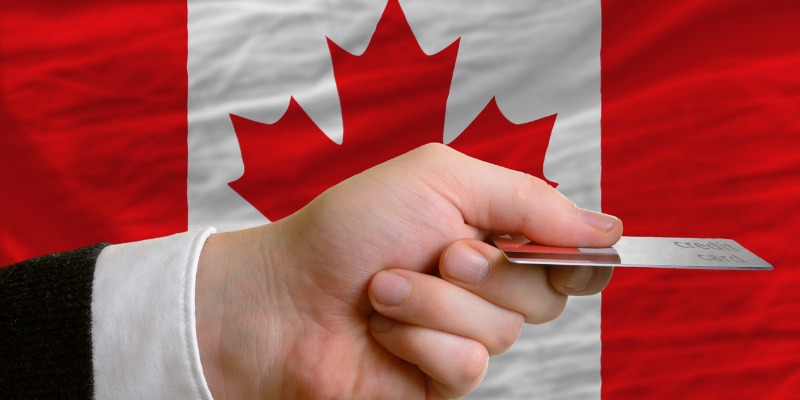Federal government should stop spending spree in next week’s budget

What should Canadians look for in the federal budget, which the Trudeau government will table next week? Milton Friedman wisely counselled, “Keep your eye on one thing, and one thing only: how much government is spending, because that’s the true tax… If you’re not paying for it in the form of explicit taxes, you’re paying for it indirectly in the form of inflation or in the form of borrowing.”
Given the Trudeau government’s approach to fiscal policy, it’s no surprise Canadians today pay for spending in all three ways Friedman suggested. The federal government has raised existing taxes and is introducing new ones, its spending has helped fuel inflation, and public debt continues to rise.
A brief fiscal history. In 2014-15, before the Trudeau government was elected, federal spending (excluding interest costs) was 12.9 per cent of GDP. Trudeau was elected midway through the 2015-16 fiscal year when spending rose to 13.7 per cent of GDP, helped by the government’s year-end spending spree. The Trudeau government continued to pump spending faster than the economy grew, so by 2019-20, federal program spending hit 15.1 per cent of GDP.
The economic downturn and extra spending during the pandemic pushed spending to 28.3 per cent of GDP in 2020-21 and 19.2 per cent of GDP in 2021-22. In its fall economic update last November, the government projected program expenses (including net actuarial losses) to be about 16.1 per cent of GDP in 2022-23.
To translate the 16.1 per cent into dollars, if the government instead spent at the same level seen in 2014-15, spending this fiscal year would have been about $88 billion lower than the latest projection. Alternatively, even returning spending to 14.4 per cent of GDP—the level it was in 2018-19—would have yielded savings of about $46 billion this fiscal year. Similarly, as The Hub’s Sean Speer has written, if the Trudeau government grew spending at the same rate as its first five in office (already a significant clip) over the past three years, spending in 2022-23 would be about $45 billion less than projected.
However you slice the numbers, Ottawa has embarked on a spending spree to shove many tens of billions of dollars in new permanent spending into yearly finances. An important corollary is that there are plenty of areas where the federal government could reduce spending in this year’s budget. Corporate welfare is always a good place to start. Billions of dollars in spending reductions could be found in seven federal departments devoted to regional “economic development.”
Finally, there’s climate spending. The government boasts that it’s spent more than $120 billion on climate change since 2015, despite repeatedly claiming that spending and regulatory programs are costlier ways to reduce emissions than a tax. Indigenous program spending is projected to rise substantially despite already significant increases from 2015 to 2022 and a lack of evidence that spending more produces positive results. The government’s national experiment with heavily subsidized day care is unlikely to be a success, and its Canada Child Benefit has become much more expensive than it previously was.
Given how bloated the federal budget has become, anyone who keeps their eye on government finances will find several areas of spending that should be cut. There’s significant excess federal spending—all paid for by Canadians through taxes today, taxes tomorrow, or in the form of inflation—for which the benefits do not justify the costs.

